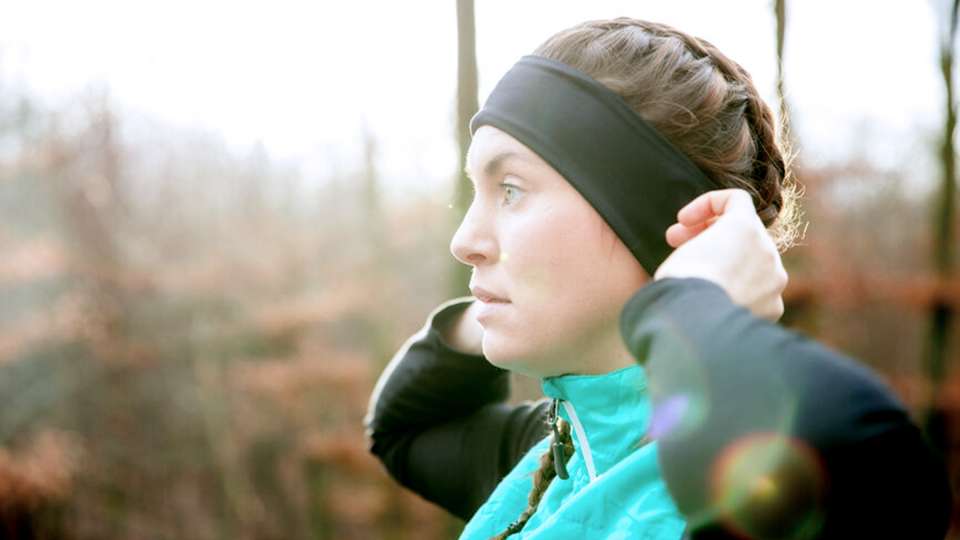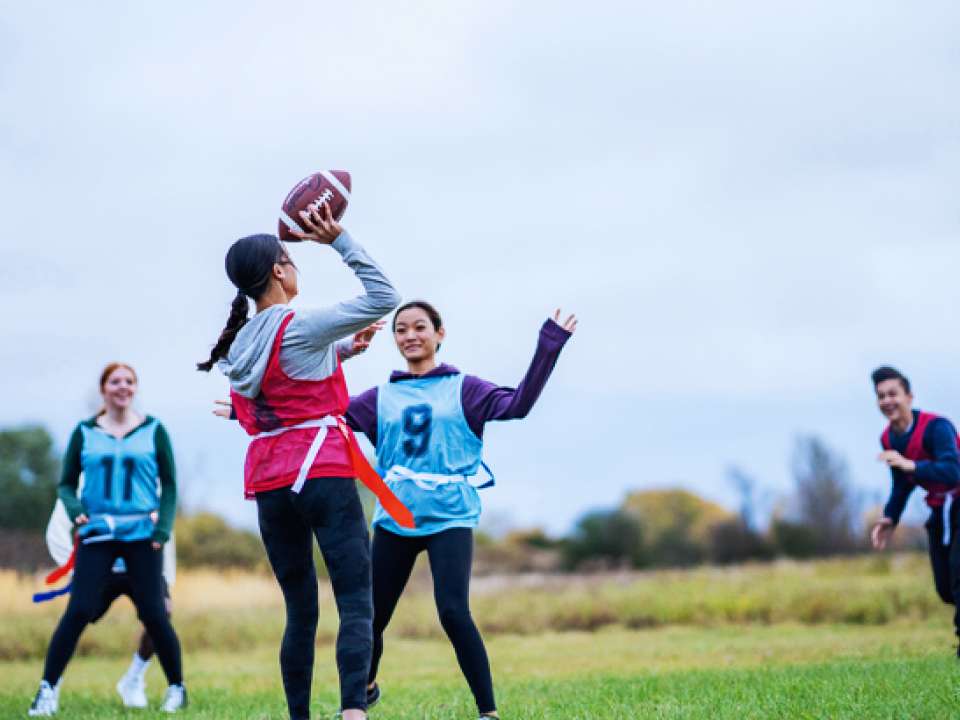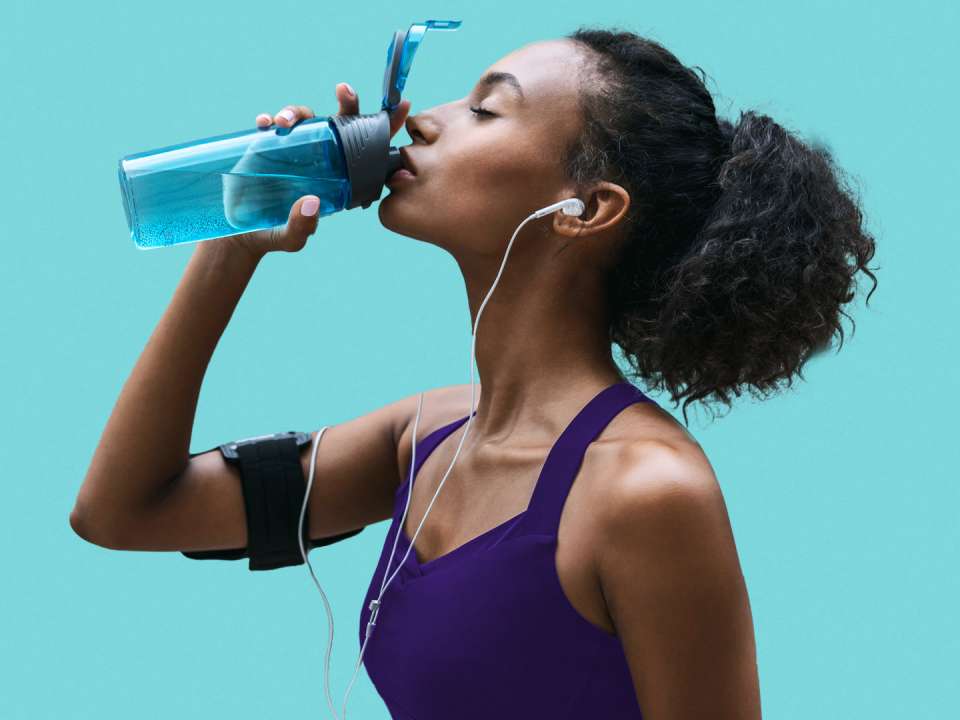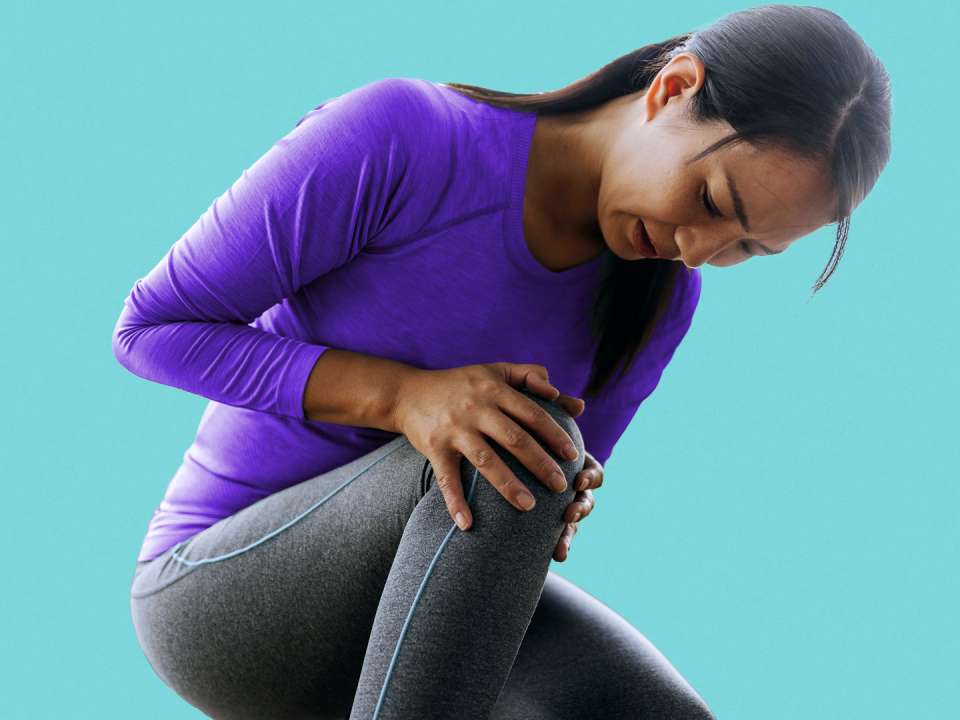How to Keep Your Fitness Game Strong Even When It’s Beyond Cold Outside

Rain, snow and bitter cold? Check, check and check.
Winter in the Pacific Northwest can put a freeze on just about everything — like trying to drive when cars are sliding down Queen Anne Hill — but there’s no reason why it should prevent you from staying active and getting those gains.
“I think cold-weather exercise and winter sports, whether it’s in snow or rain, can be really fun,” explains Dr. Christina Wong, an osteopathic physician who sees patients at The Sports Medicine Clinic at Ballard. “You just have to be really safe and smart about it.”
To help you do just that, Wong shares her need-to-know winter workout tips to keep you safe and injury-free for when the weather outside is frightful.
Consider conditions, duration and location
Going for a quick jog when it’s 40 degrees and sunny is pretty different from embarking on a cross-country skiing excursion in subzero conditions. That’s why it’s always important to do your research before you head out.
“The biggest thing to keep in mind is not just the temperature outside, but what areas of your body are going to be exposed,” Wong says.
Check the weather report for things like wind chill and potential rain or snow so you can switch up your gear or add extra clothing accordingly.
“For things like rainy or icy weather, you’re more prone to slipping,” Wong says. “You want to make sure you have new tread on your shoes or change out your shoes for ones that have better traction.”
It’s also important to keep in mind that conditions may vary at higher altitudes and at different times of day. The forecast may not call for snow in the morning when you’re headed out the door, but it might be falling once you arrive in the mountains.
Wear the proper cold-weather layers
While you might be tempted to bundle yourself up in soft, cozy cottons, that’s actually the wrong way to go, Wong says. Cotton tends to lose its insulating power, especially as it becomes wet.
Instead, your base layer should be made of a lightweight, moisture-wicking material like nylon or polyester. That’s because, as you exercise, your body reacts with its natural cooling mechanism: sweat. If that sweat is allowed to remain close to your body, it will only make you colder as it evaporates.
Your next layer should be thicker and more insulating for added warmth — think wool or fleece — while your top layer is ideally something breathable and waterproof to help repel wind and rain.
The exact layers you wear, though, will largely depend on what you’re doing and for how long. If you’re training for a marathon, you probably want to avoid bulky layers. But if you’re going to be out skiing all day, you’ll want to layer it on thick.
It can also be helpful, Wong adds, to take off wet layers as soon as you’re done with your activity. She suggests packing an extra set of dry clothing in your car to change into immediately and removing damp socks to prevent blisters and sores.
Protect your eyes and extremities
While it’s important to keep your core warm whenever you’re sweating it out in the elements, you don’t want to neglect your fingers, toes, face and head either. That’s because your extremities are the areas most commonly affected by frostbite.
To help avoid that, wear waterproof gloves, proper footwear and a ski mask to protect your nose, lips and cheeks if your winter activity calls for prolonged exposure. Hats are also essential, Wong says, to keep ears covered and avoid losing too much body heat.
“More than 50% of your body heat exits from your head,” she notes.
It’s not only about warmth, either. Safety gear like a helmet when downhill skiing or snowboarding can save your life if you have an accident, while goggles or sunglasses protect you from the sun’s rays reflecting off snow, which can result in eye damage and temporary vision loss.
And, yes, the same protection rules apply for your skin, so don’t skimp on the sunscreen.
“UVA rays are present year-round, and nobody is immune to them,” Wong says.
Know the signs of frostbite and hypothermia
No matter how fit or well-prepared you are, you can still run into danger if you’re out in the cold for an extended period of time. Hikers, skiers, snowboarders and long-distance runners may be especially susceptible to this because they’re often outside for hours.
That’s why it’s important to know the warning signs of exposure-related conditions — and to act quickly once you notice them.
Tingling, numbness, blistering or discoloration of the skin are all telltale signs of frostbite. If that happens, head inside as soon as possible, and run your skin under warm — not hot — water to get it back to temperature. You should also avoid rubbing or walking on the affected areas, as that can cause further damage.
“If you start noticing color changes in your skin, it’s really important for a medical expert to look at the risk of tissue damage,” Wong says.
In addition to frostbite, hypothermia is another cold-weather danger. Someone suffering from hypothermia may appear confused or sleepy and have slurred speech and poor coordination.
If you or a fitness buddy are exhibiting any of these symptoms, it’s crucial to get to a warm location immediately and seek medical attention. Hypothermia can be fatal, so you’ll want to remove any wet clothing and warm the person up with something like an electric blanket or someone else’s body heat.
Pay attention to breathing and chest pain
If you’re in the middle of your workout and suddenly feel pain in your chest or find yourself unable to catch your breath, it’s not the time to ignore it and just power through.
“Cold weather can cause cardiac-related or asthma-induced events because you’re breathing in cold air, which can restrict blood vessels,” Wong says.
With constricted airways and blood vessels, you may find it harder to breathe or feel chest pains that are eerily similar to a heart attack.
When this happens, you want to get inside to warm air as quickly as you can. If the wheezing or chest pain persists, even after you’re breathing in warm air again, get checked out immediately to make sure it’s not something more serious.
To help prevent situations like this in the first place, you can wear a face cover when you’re exercising. Wong says this helps keep the air around your nose and mouth warm. And if you have a known condition like asthma, make sure you always have your inhaler on hand or consider using it prior to going out.
“People who exercise regularly can continue to exercise in pretty much any temperature as long as they go at their normal pace,” Wong says. “If you’re a first-timer, you can do it, too — you just definitely want to take extra consideration and precautions before you head out.”

 Healthy ideas for your inbox
Healthy ideas for your inbox





